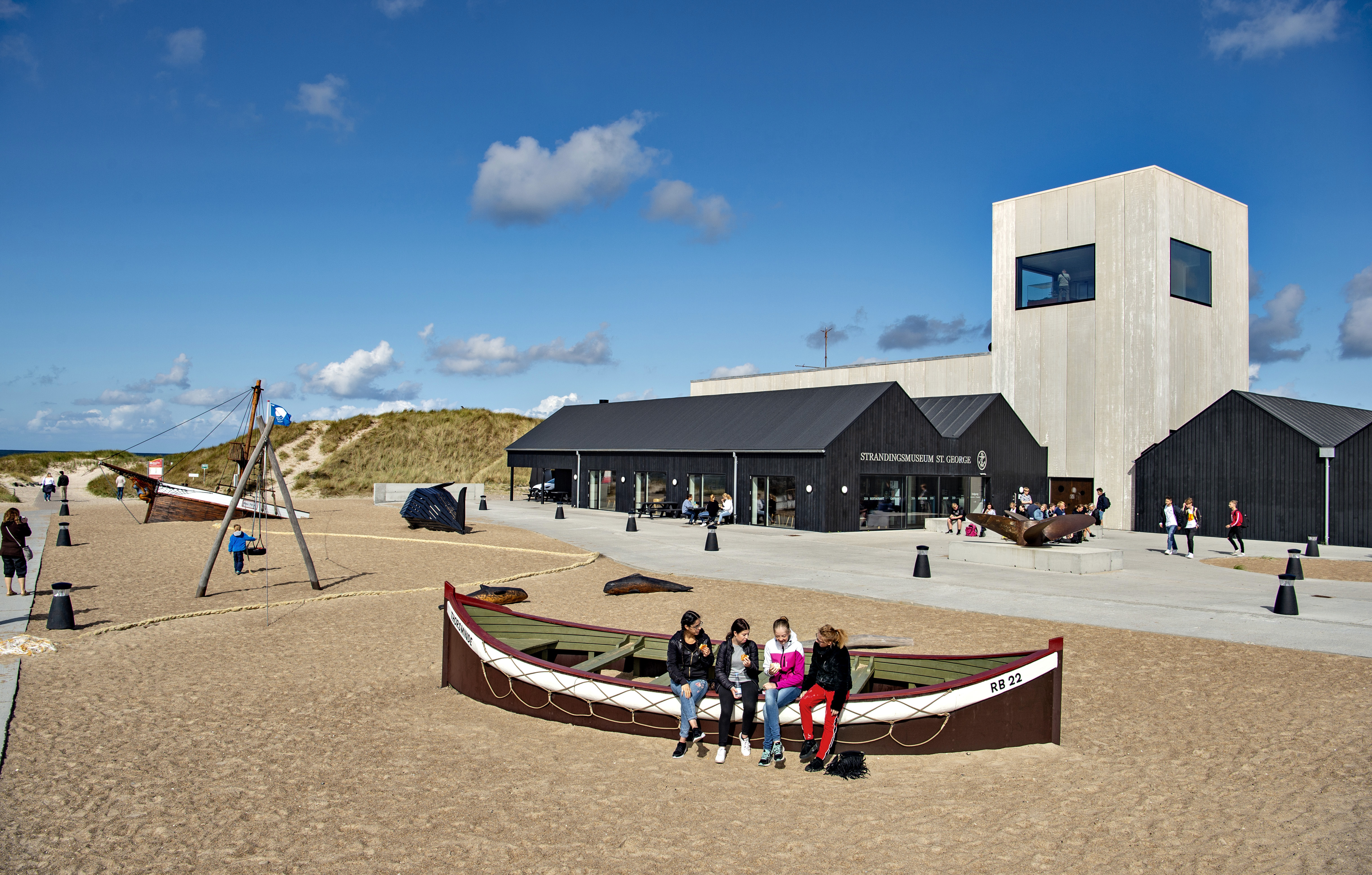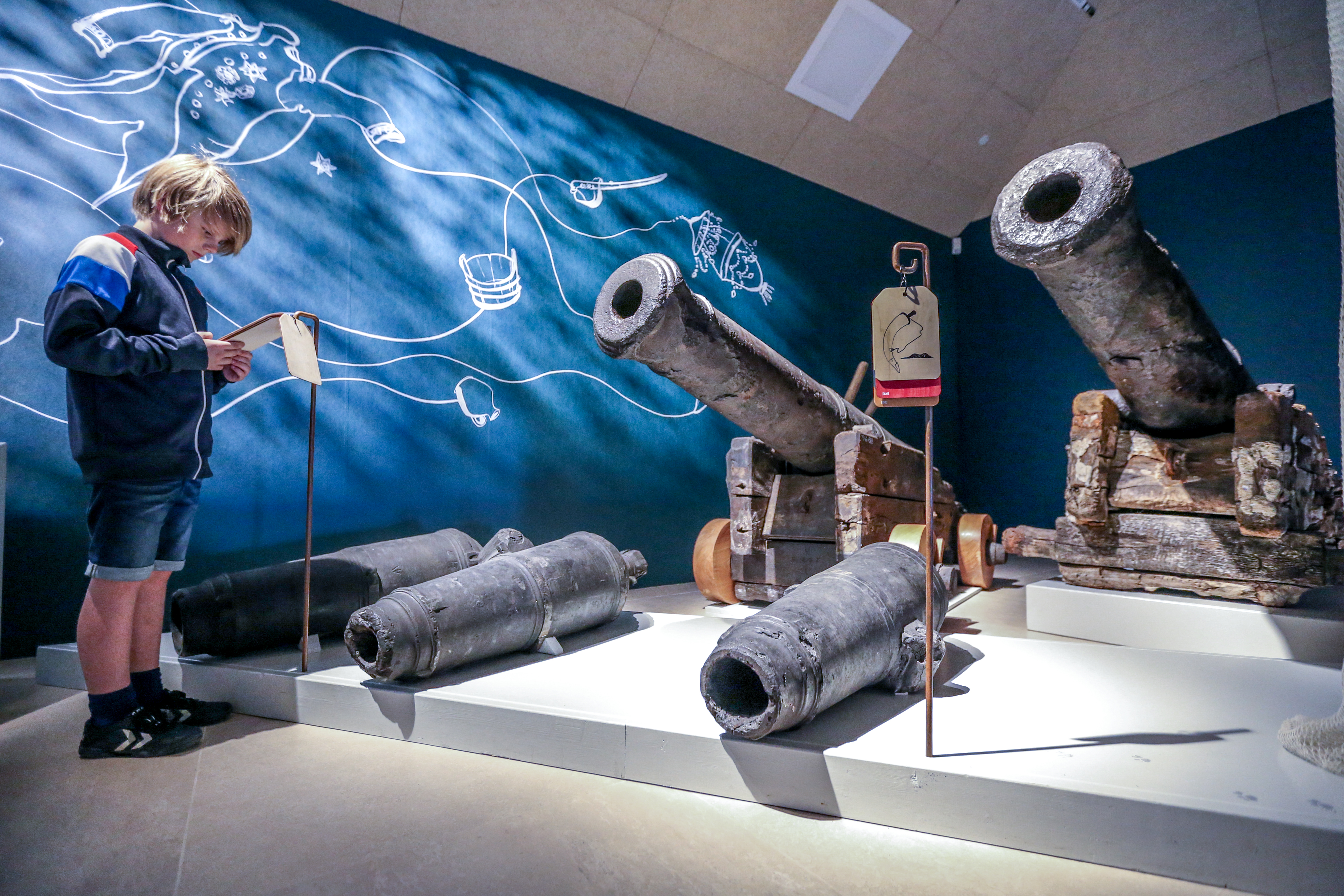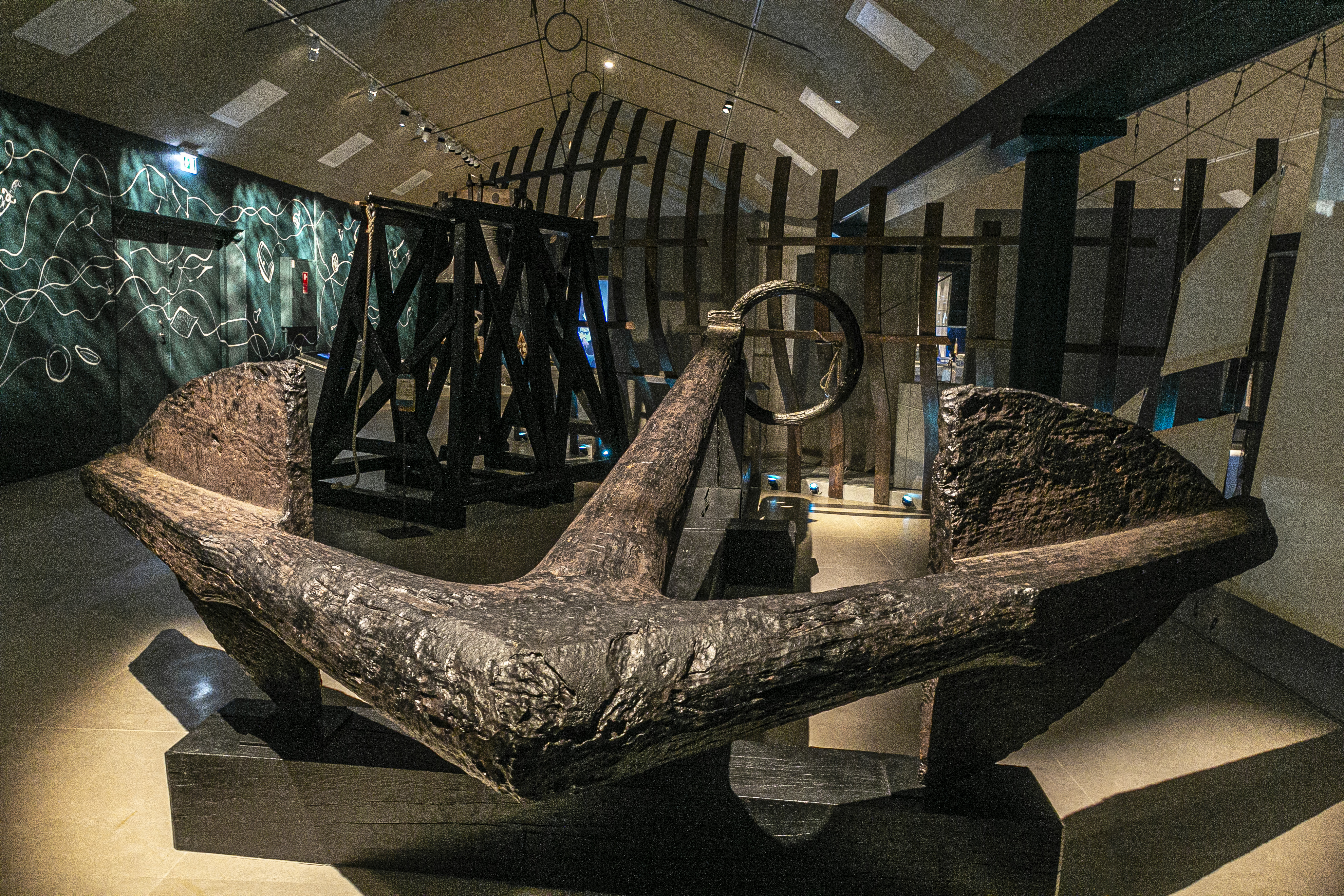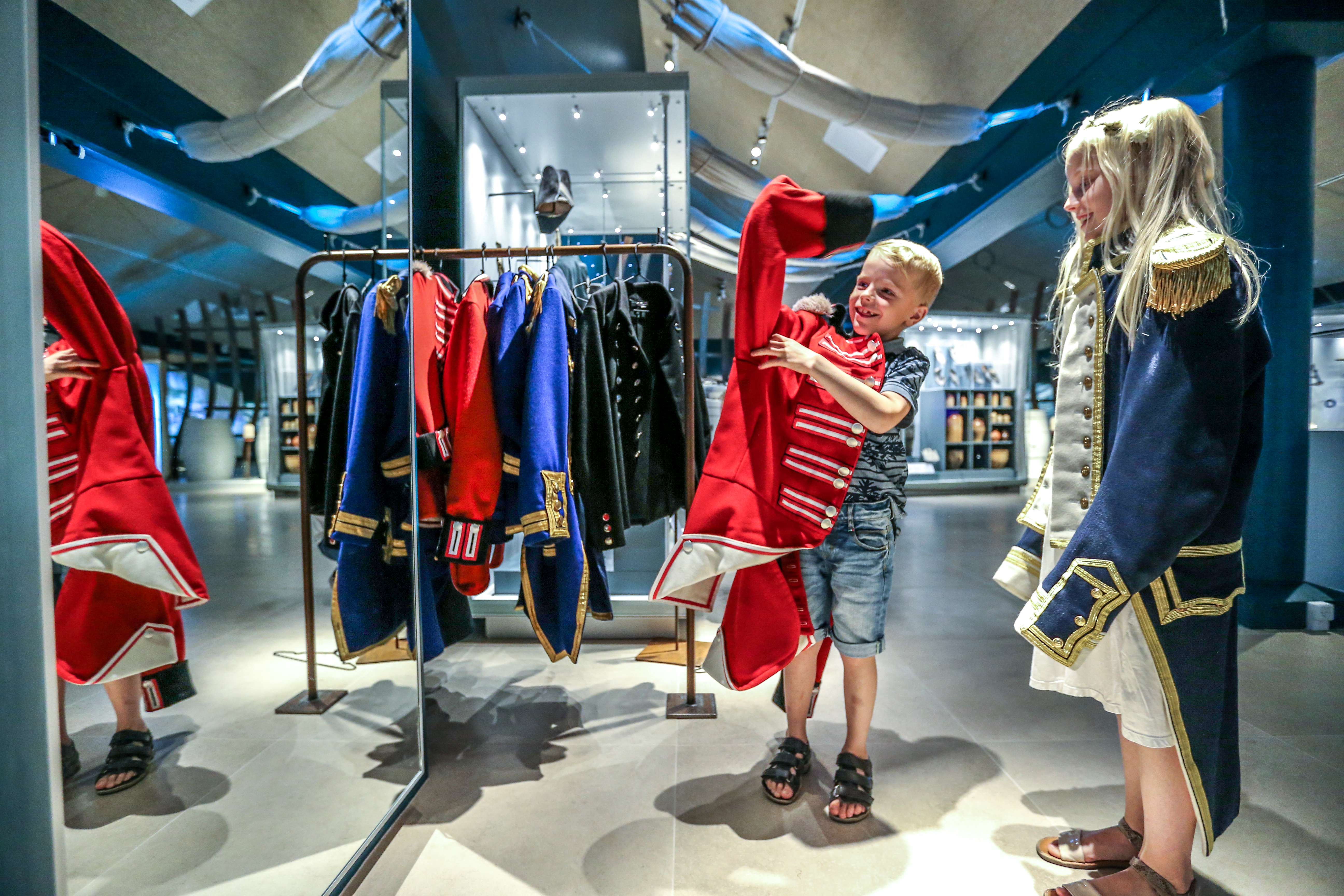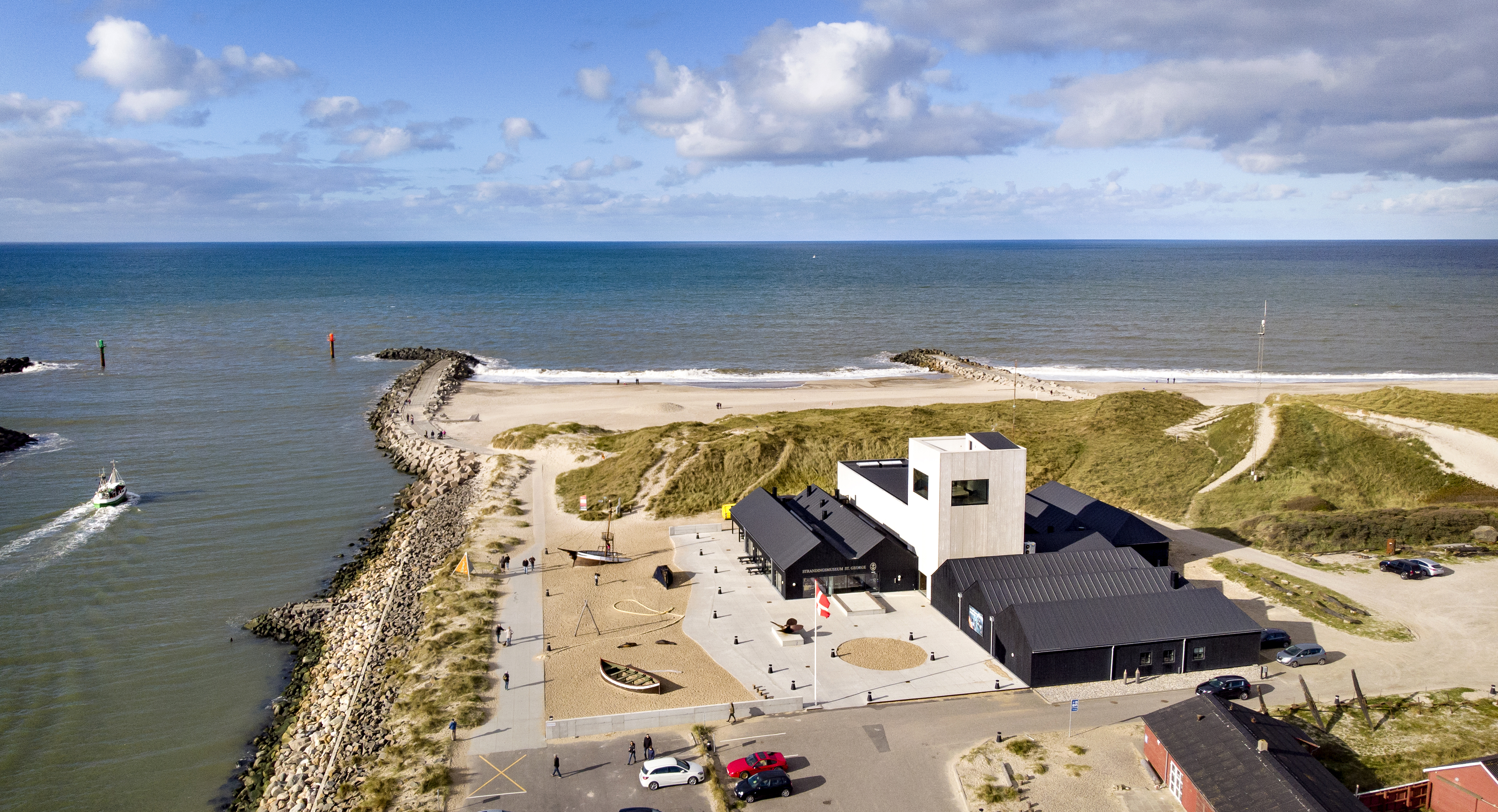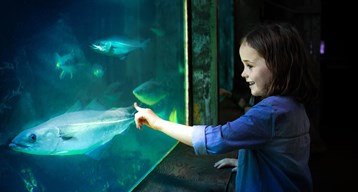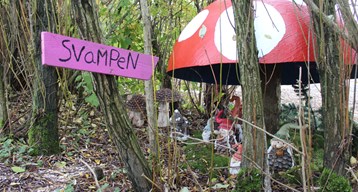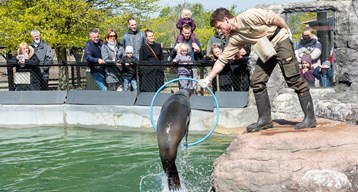When you drive towards Thorsminde, you can see a tall tower protruding into the landscape from a long distance. We can only encourage to visit Strandingsmuseum St. George - this is where you will find the tower, the important stories of the strandings and the salvaged treasures from the bottom of the sea.
The most important story and the main element of the museum is the story of the two large strandings that took place on Christmas Eve morning in 1811. Two English liners are caught in a powerful hurricane on the shore off Thorsminde. The ships HMS Defense and HMS St. George is stranded and nearly 1,400 sailors lose their lives - only 17 survive - in what goes down in world history as one of the biggest stranding disasters.
Just over 4,000 effects have since been brought up from the wreck of St. George.
